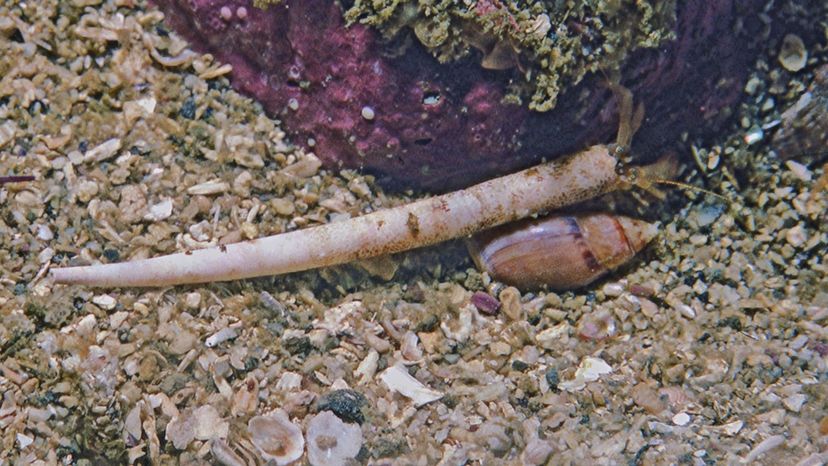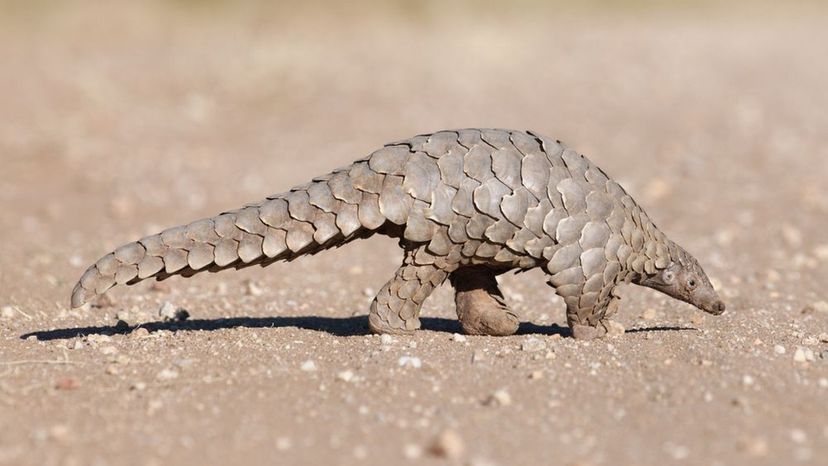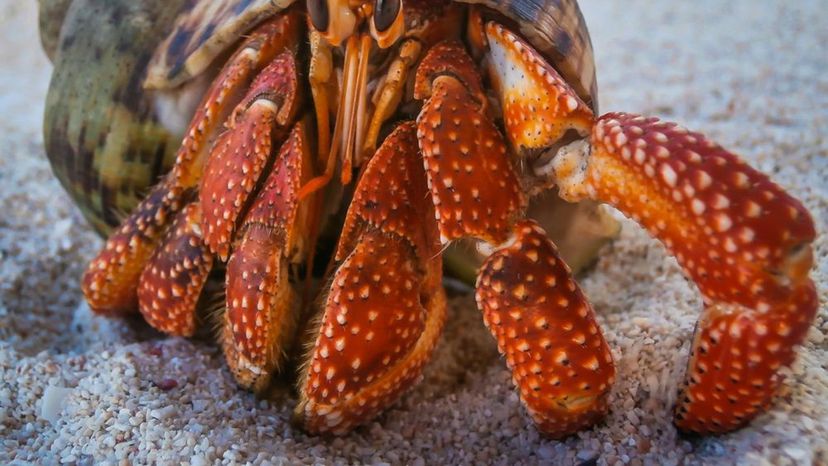
About This Quiz
In the animal world, if you're not fast, agile or strong, you'll be prey in to time. To survive the dinner hour, many animals have evolved hardened exteriors to protect themselves. Some of these strong exteriors, or shells, can grow with the animal so it will never be vulnerable if shed. An example would be the armadillo, whose shell is attached to its vertebrae. As the vertebra grows, so does the shell!
For other land animals with vertebrae, the shell can be so heavy they move slowly under the weight. Thus, like the tortoise, it must hide its extremities inside its shell until the predator goes away hungry. Then there are those animals that use spikes to protect themselves, like the porcupine. A porcupine quill is a large 'hair" that has a hard, shiny shell and an elastic, honeycomb-like core.
Surprisingly, there are even more ways that shells have evolved. Crocodiles have thick, bone-like scales on the outside of their bodies to protect them ... but with those ferocious jaws, the scales seem like overkill. And then of course, you'll find a huge variety of animals that protect their soft bodies under the water with a hard shell. Find out all about the creatures that call a shell their home.
Take the trivia quiz right now. No protection needed!
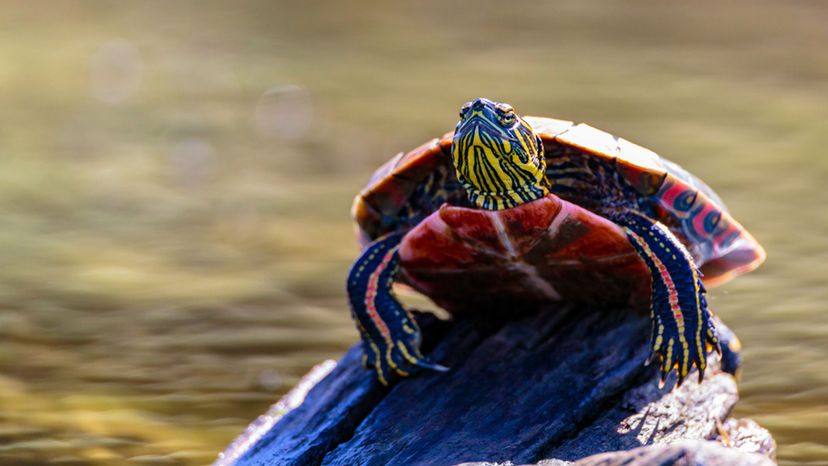
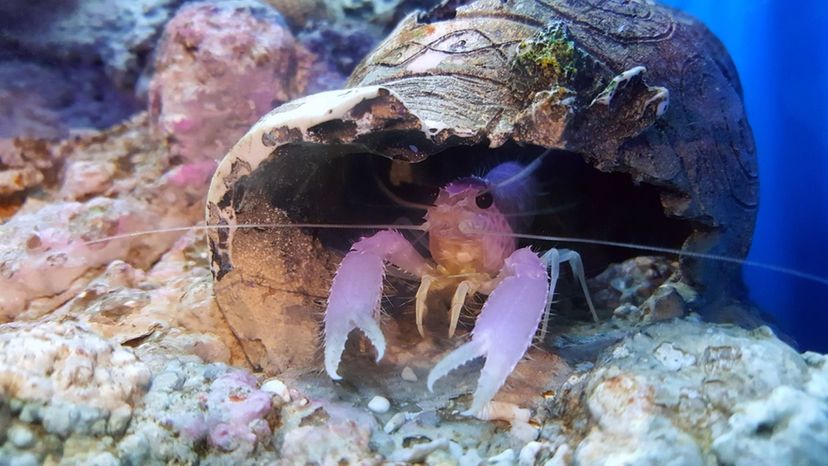
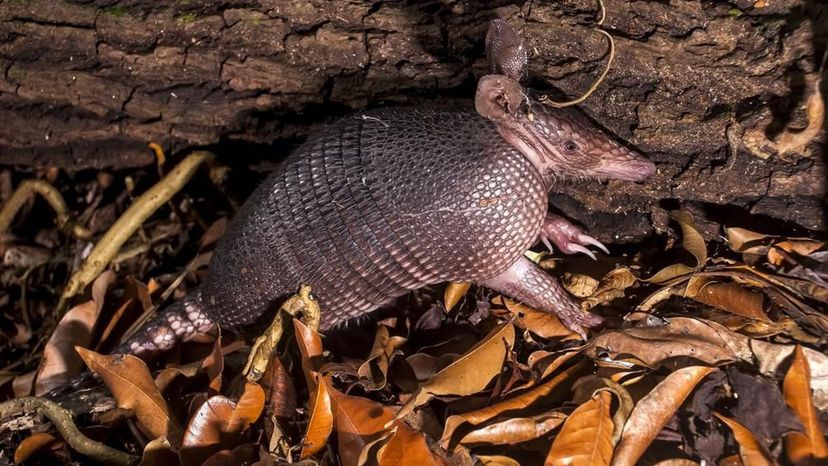
Advertisement
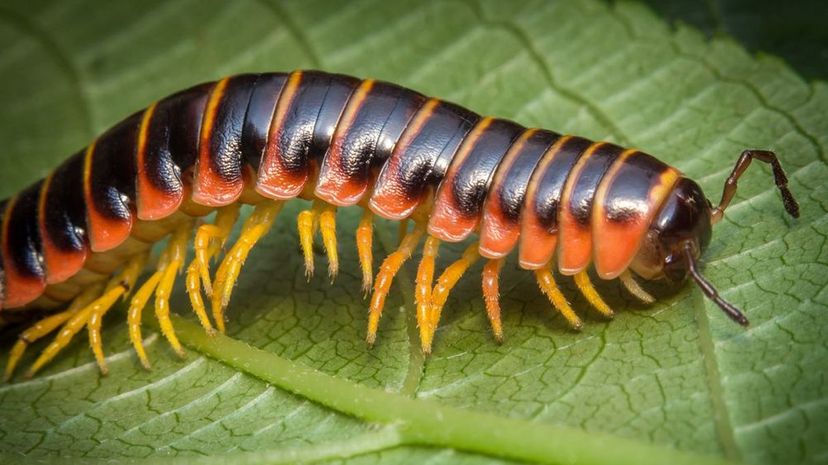
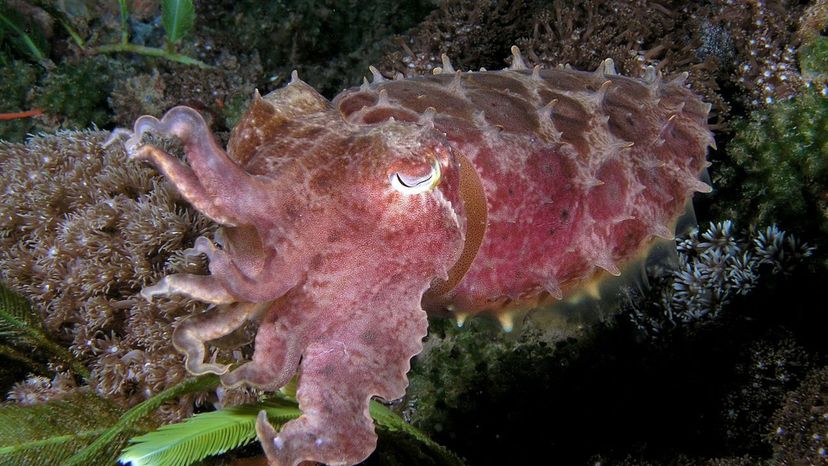
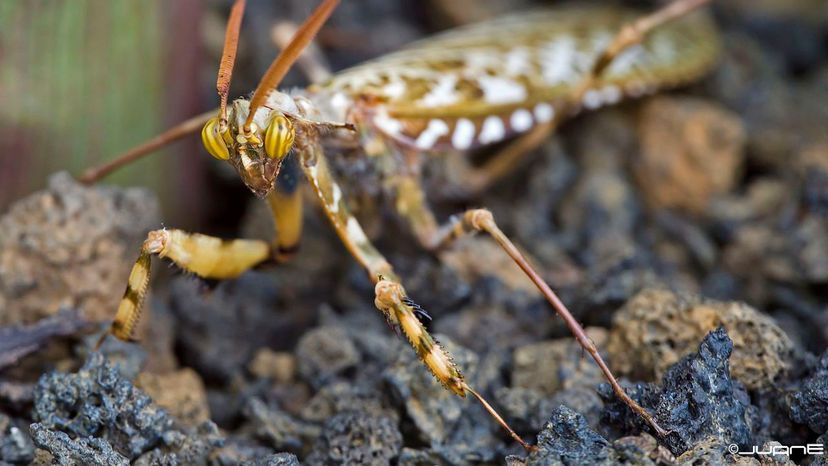
Advertisement
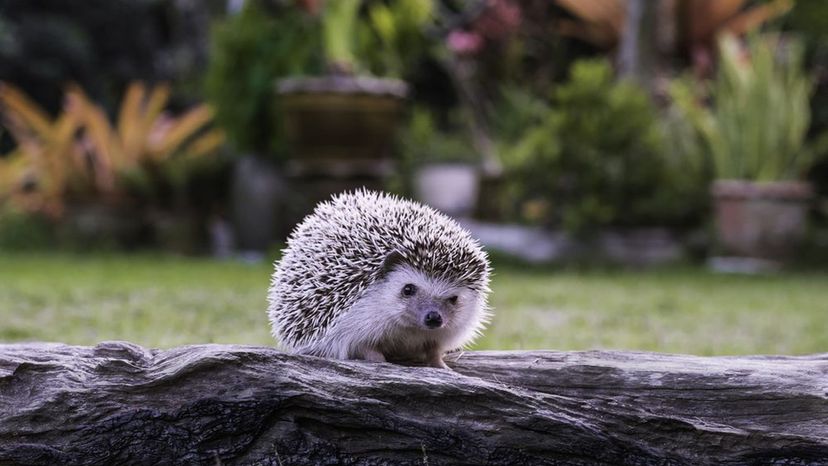
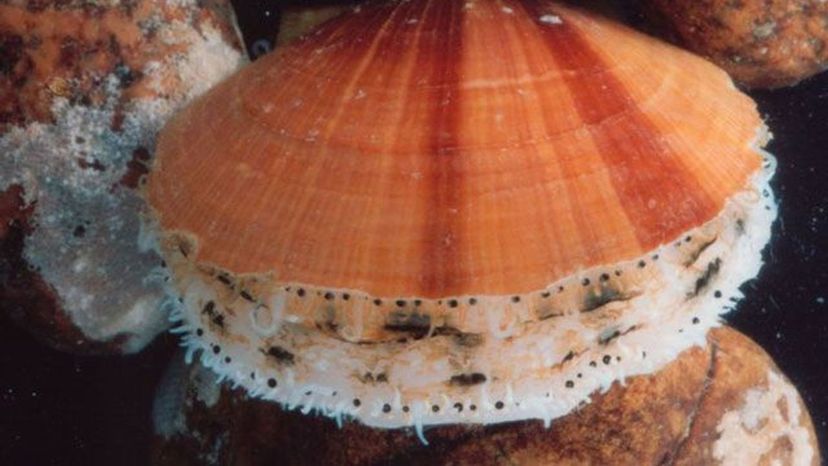
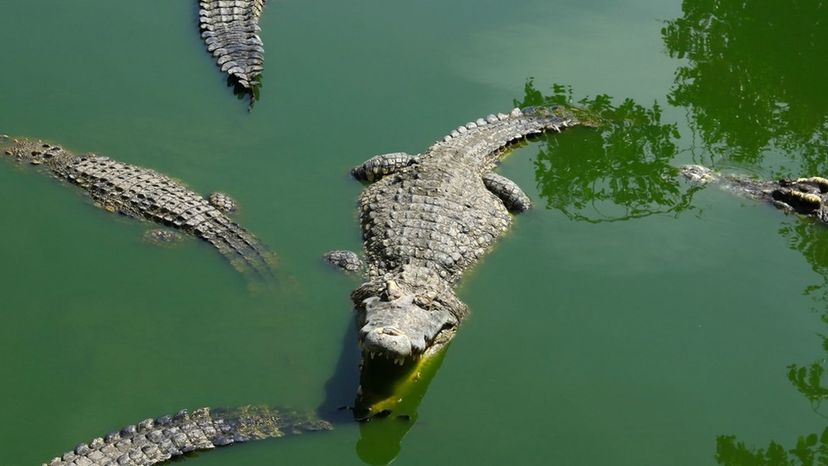
Advertisement
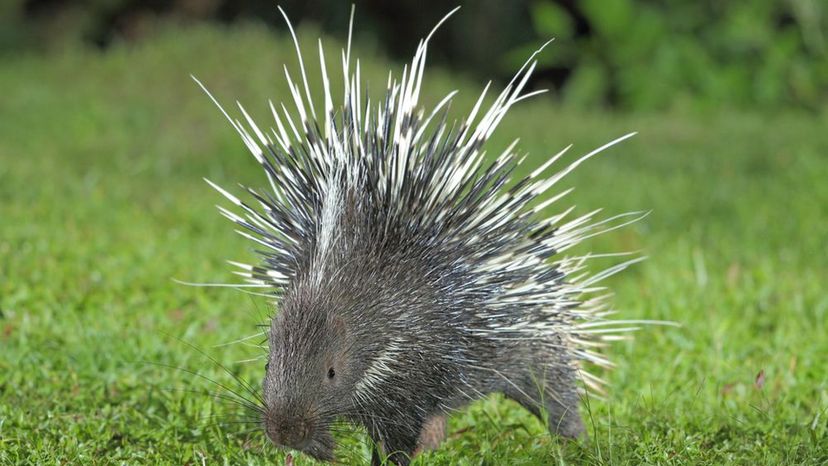
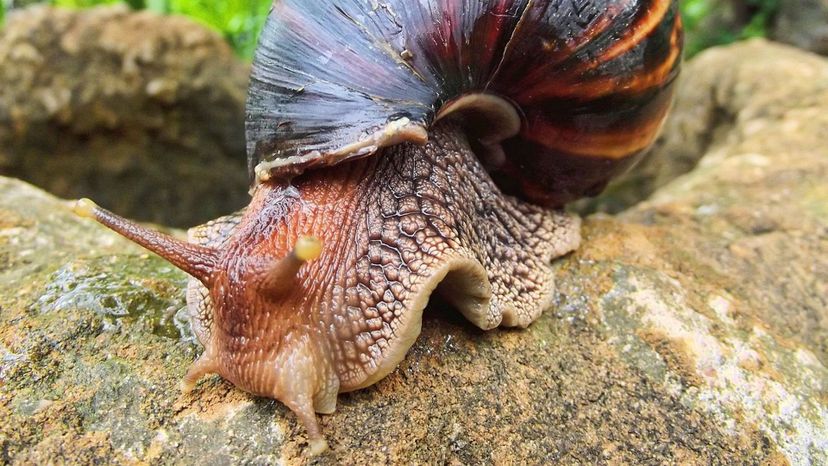
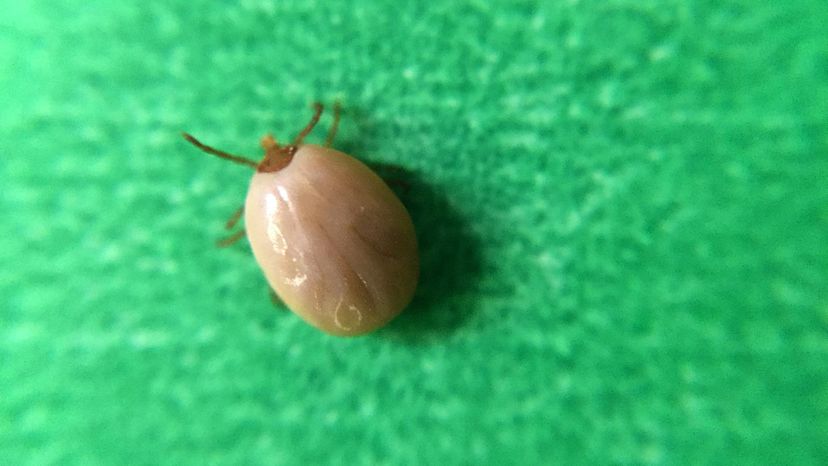
Advertisement
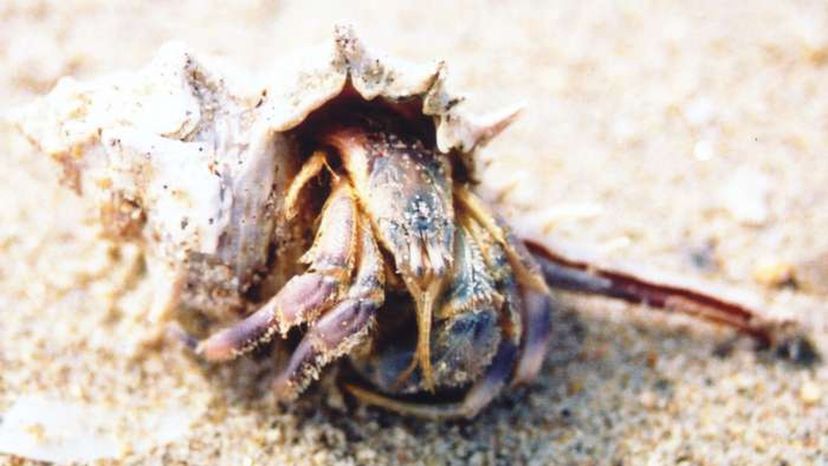
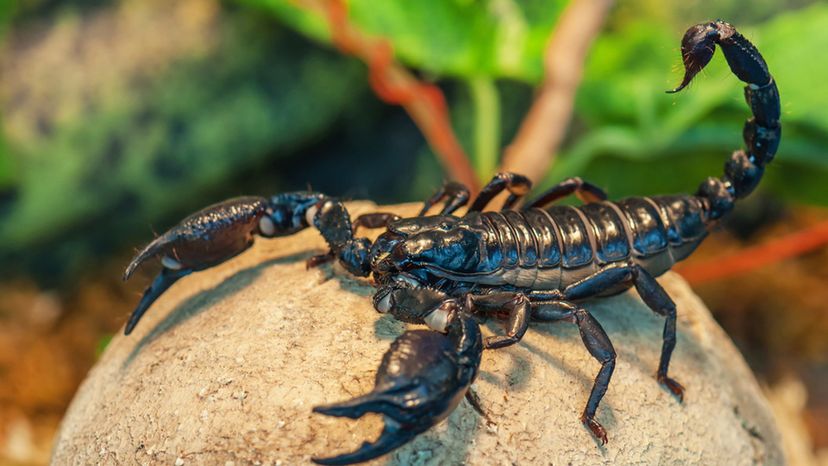
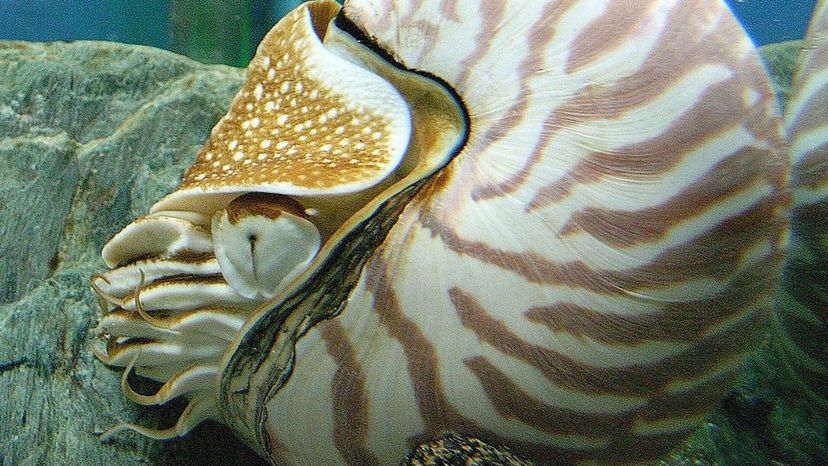
Advertisement
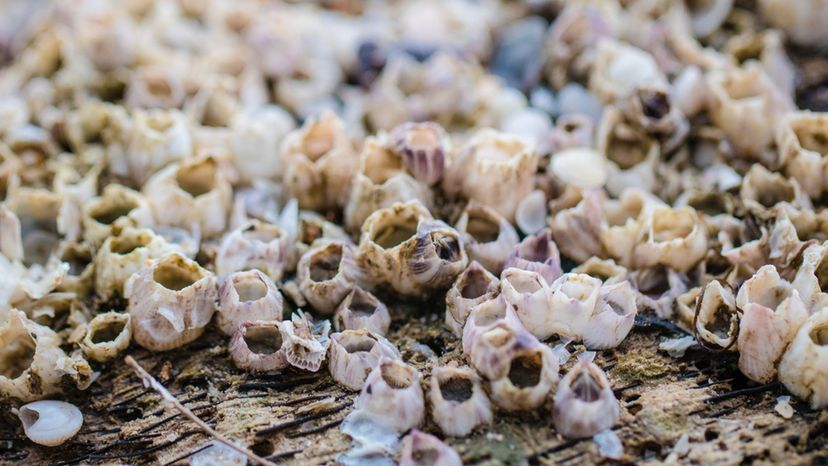
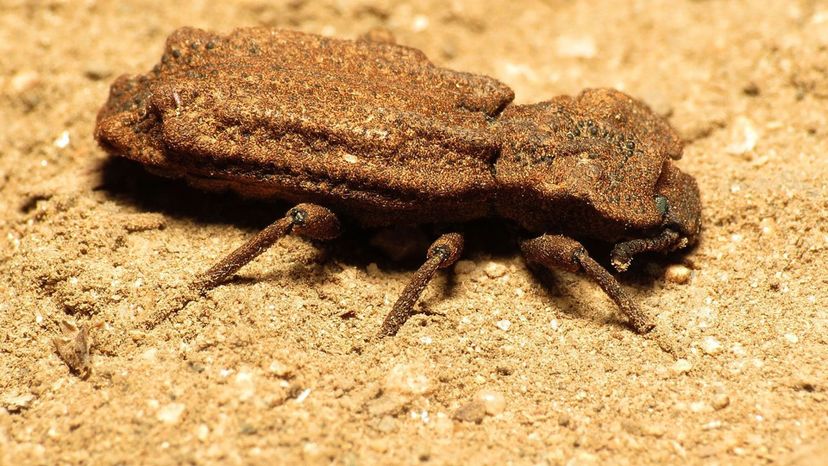
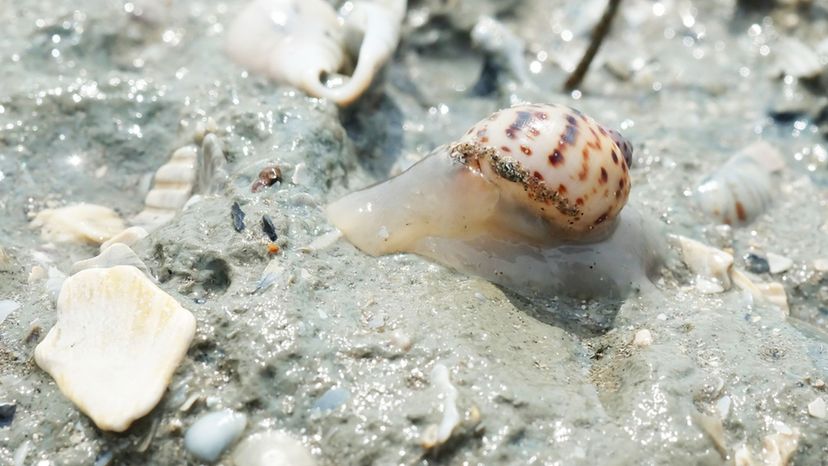
Advertisement

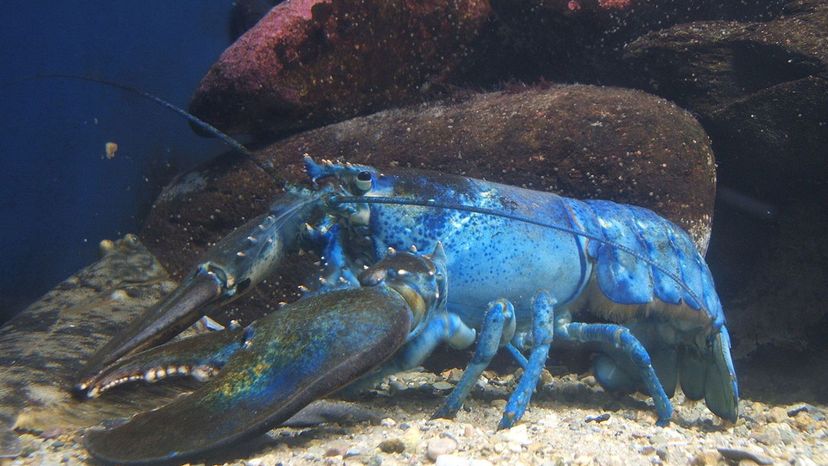
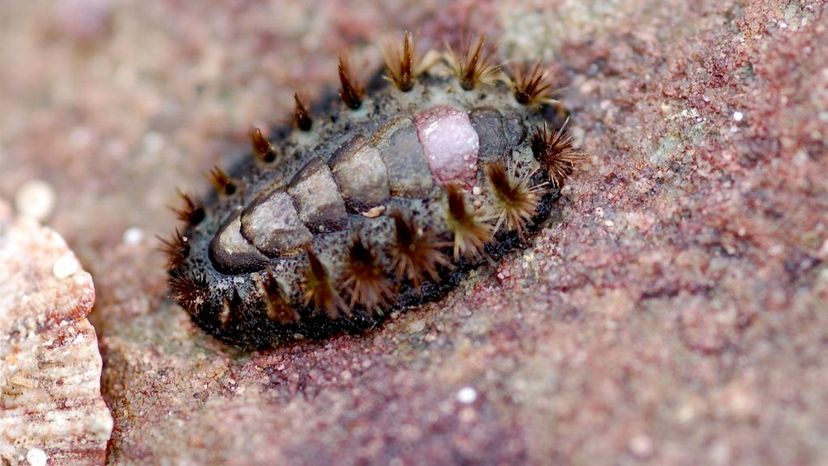
Advertisement
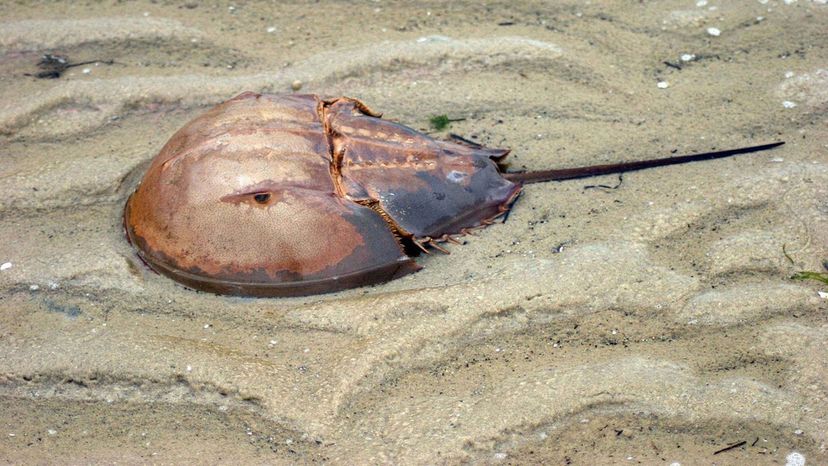
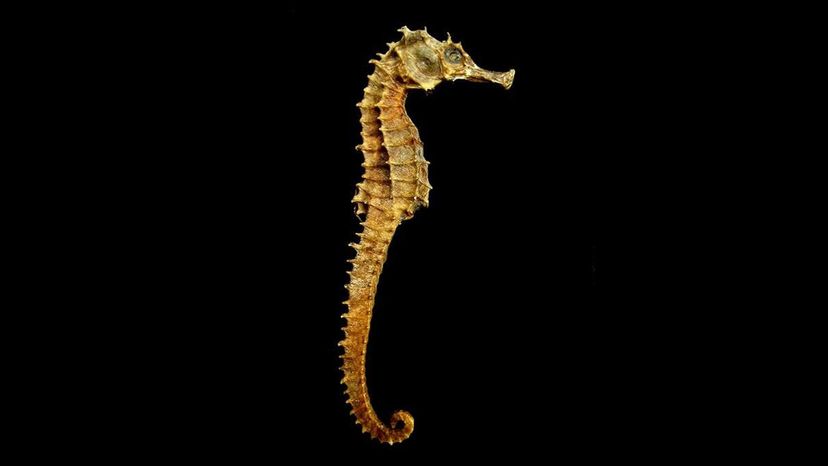
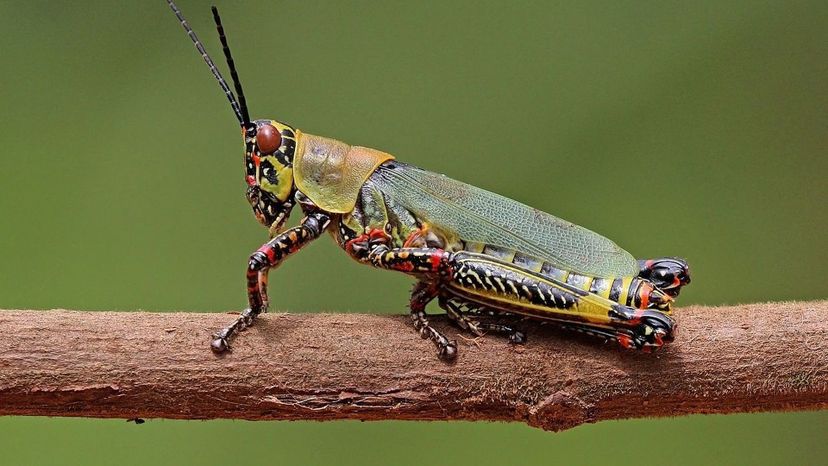
Advertisement
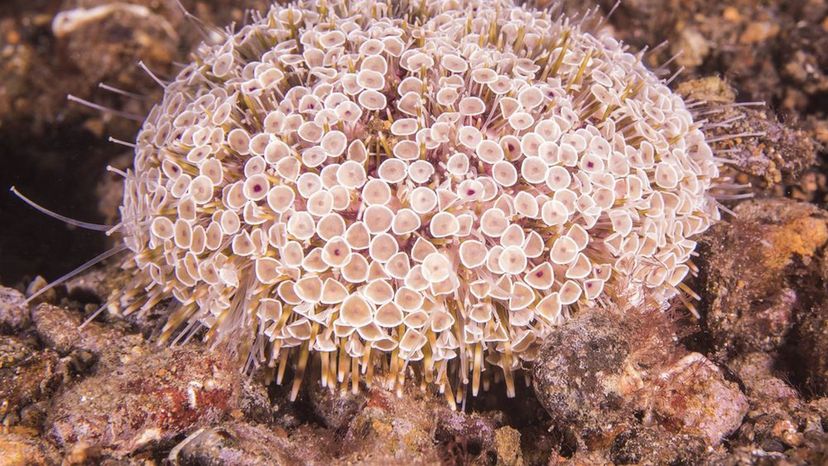
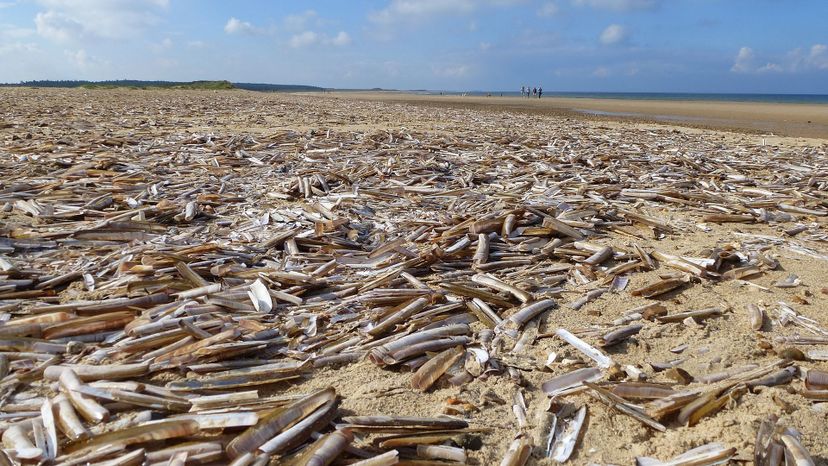
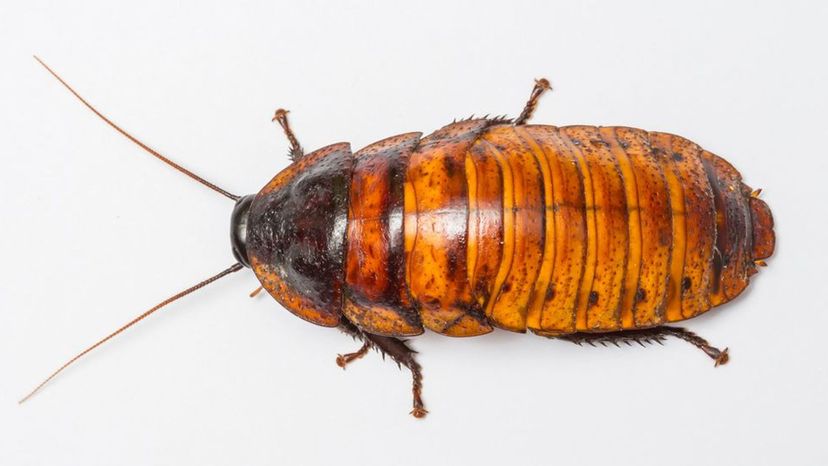
Advertisement
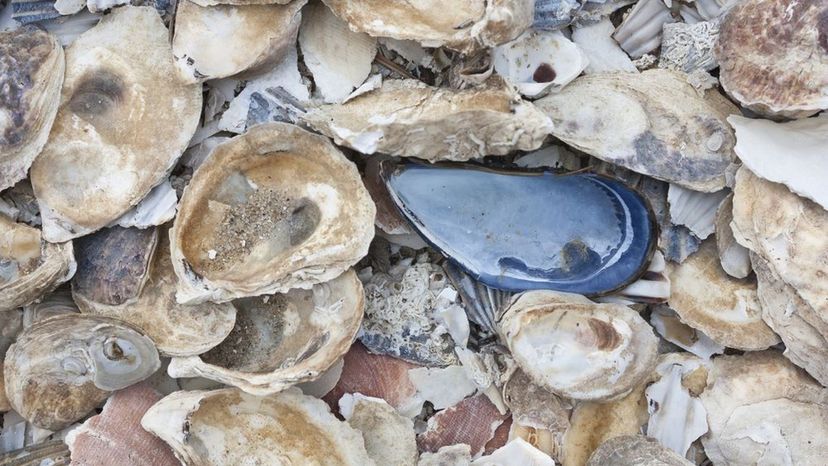
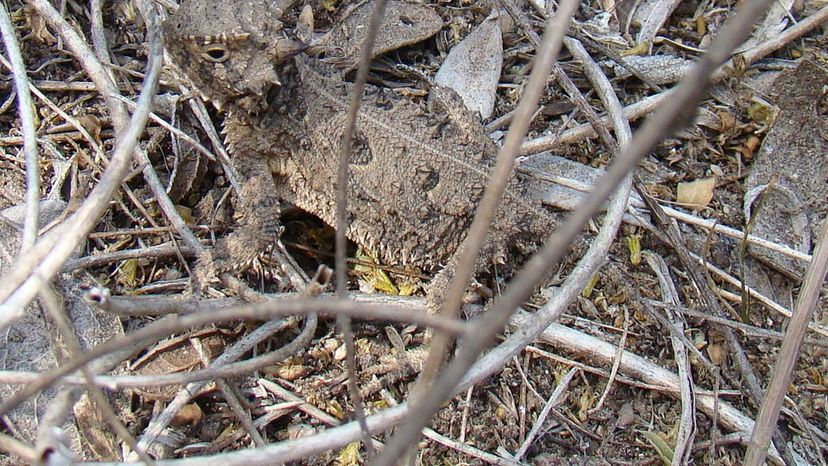

Advertisement
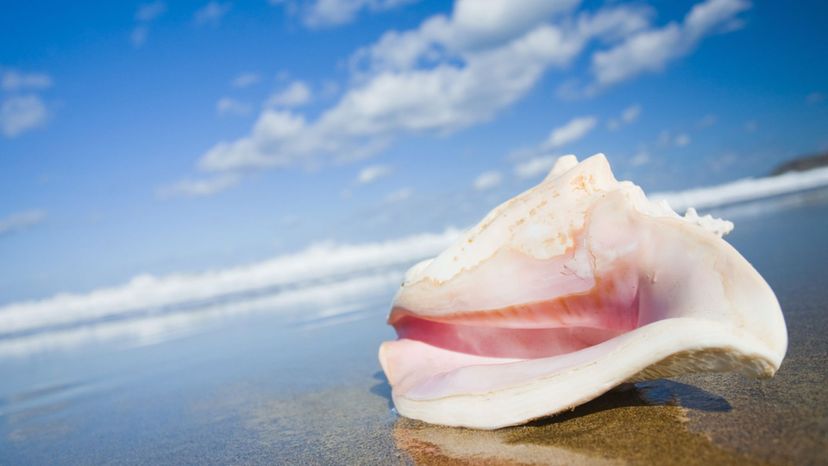
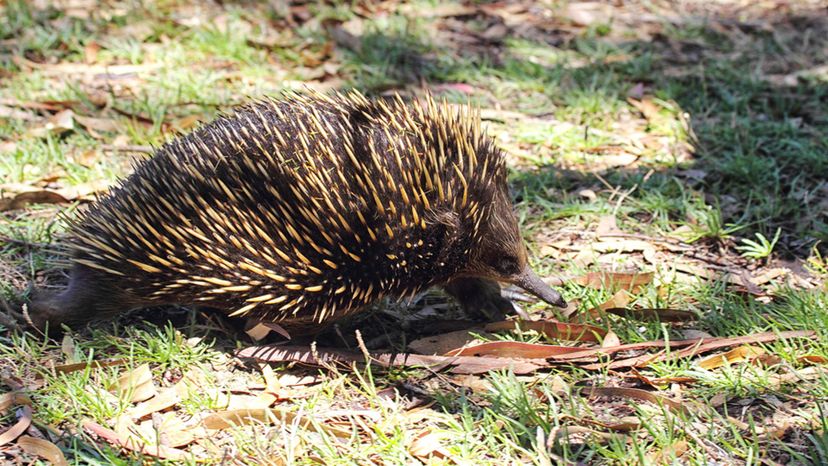
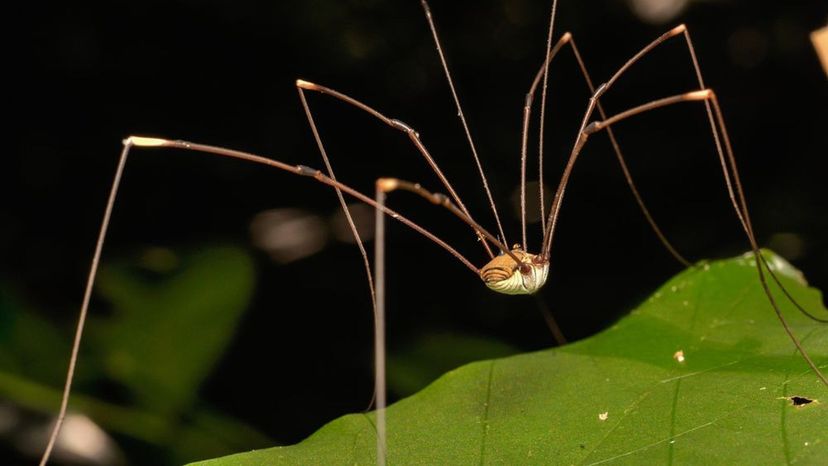
Advertisement
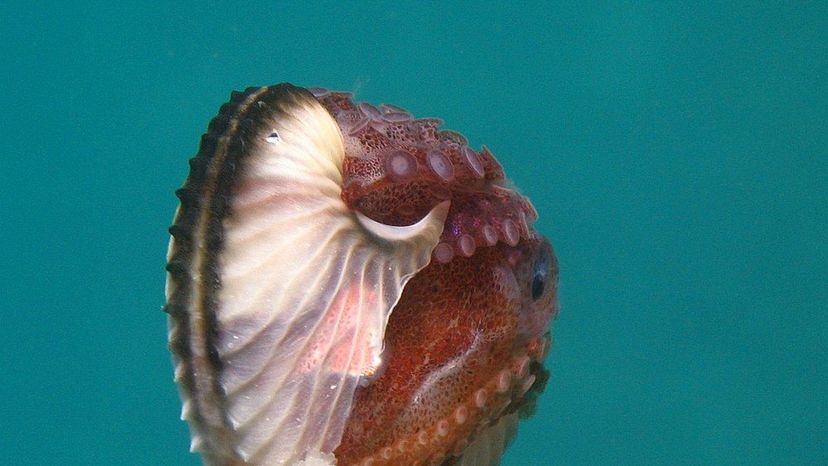
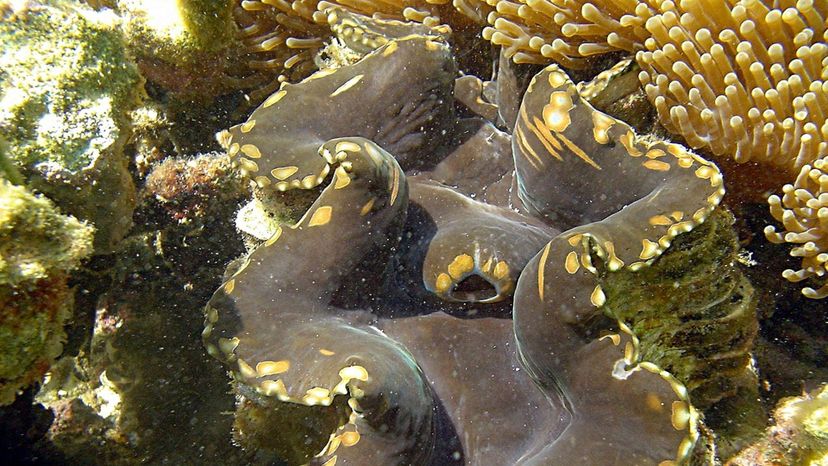

Advertisement
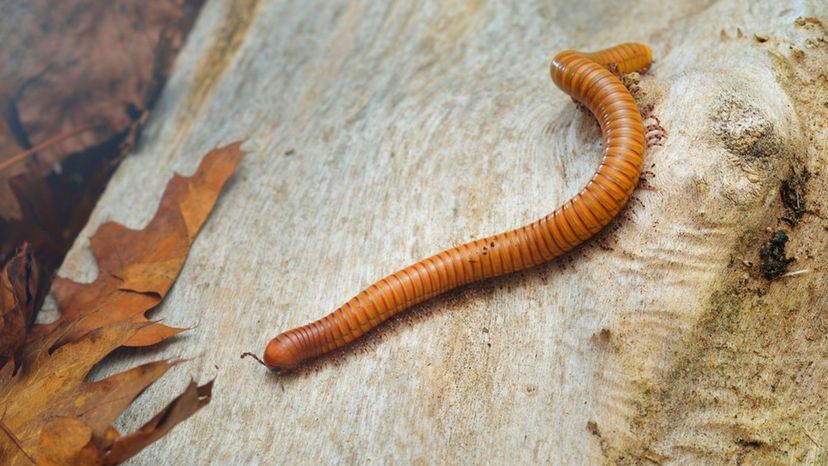
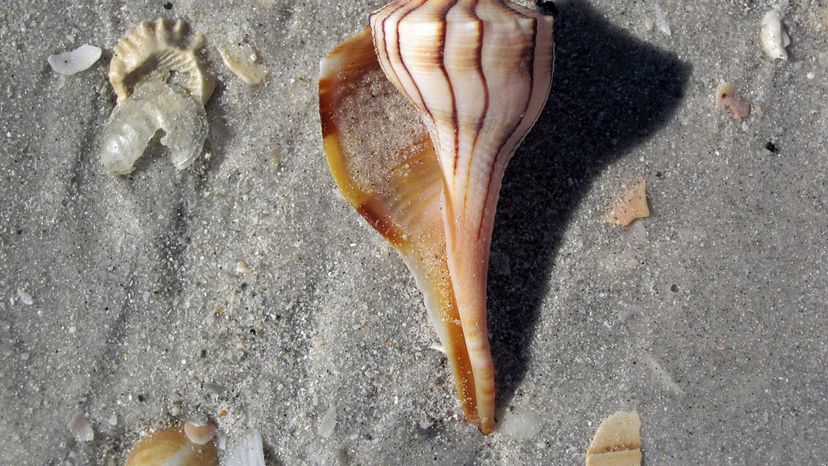
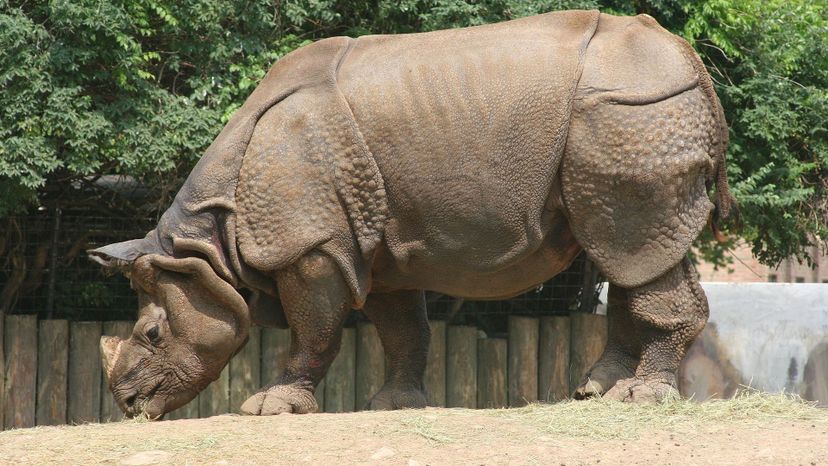
Advertisement
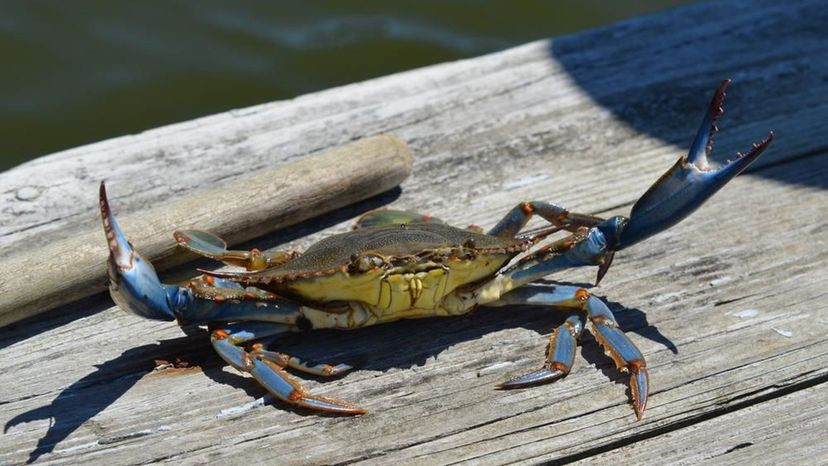
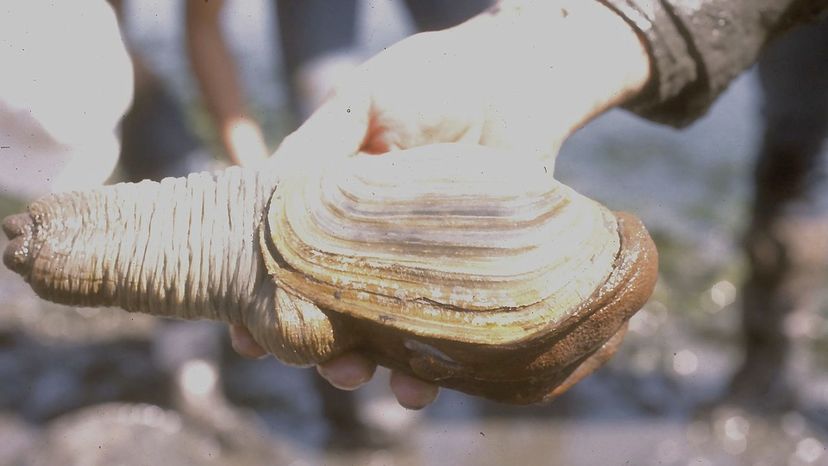
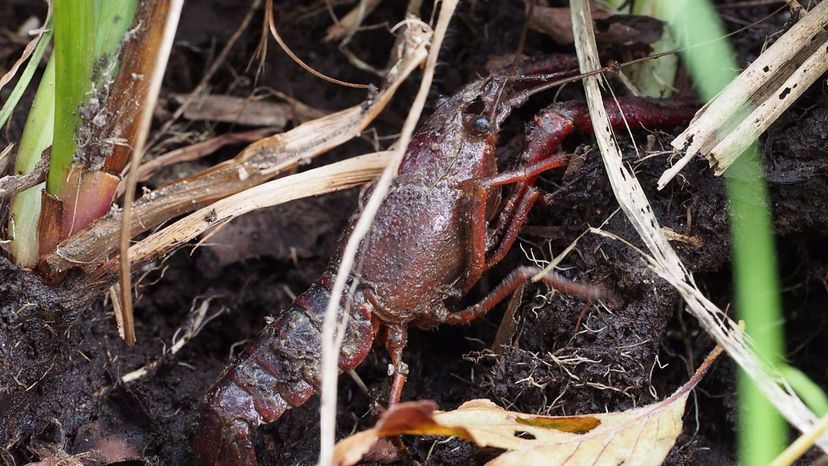
Advertisement


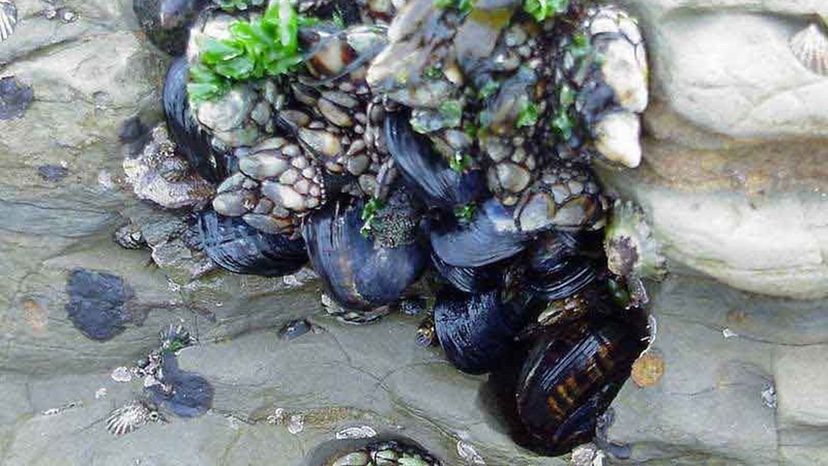
Advertisement
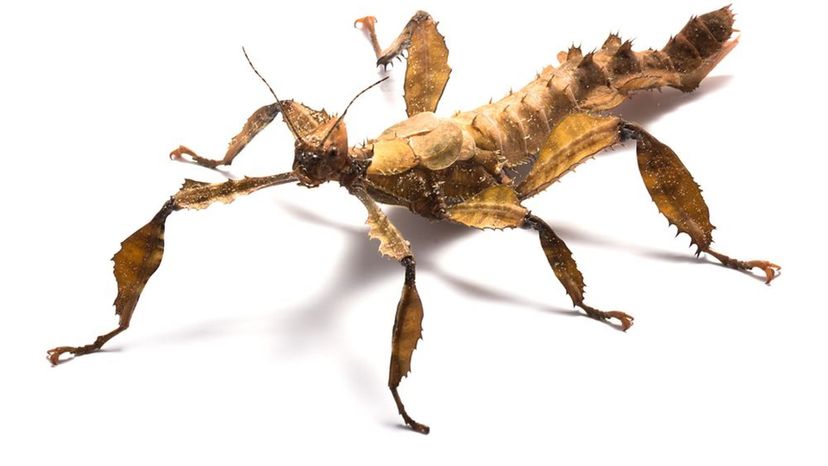
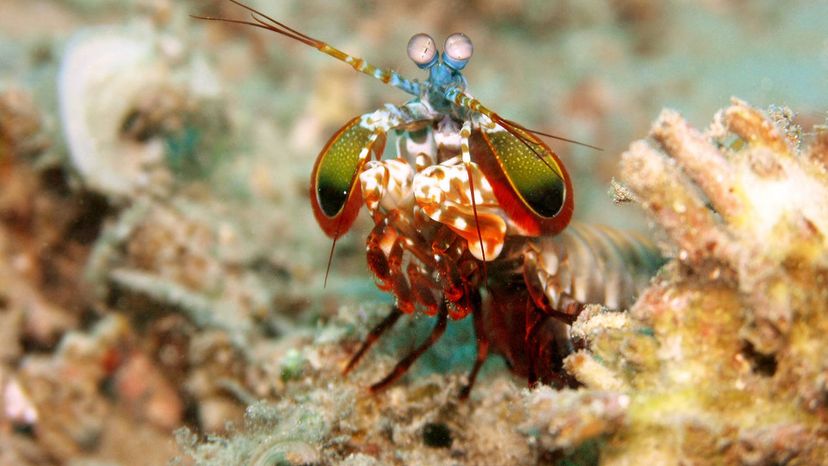
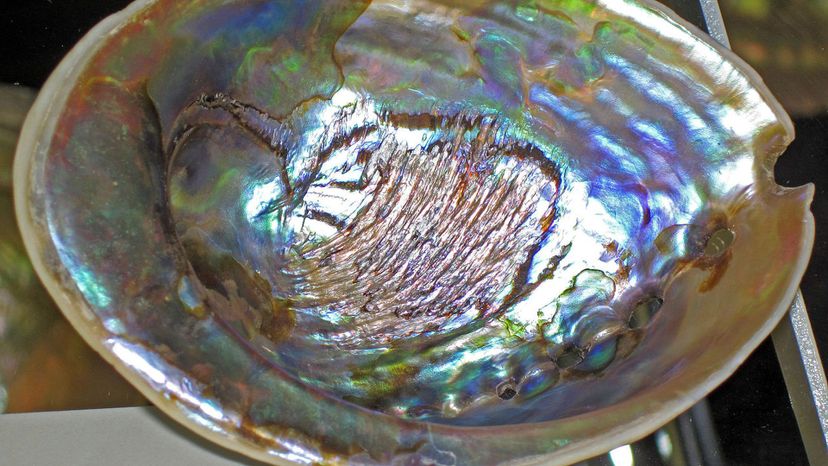
Advertisement
